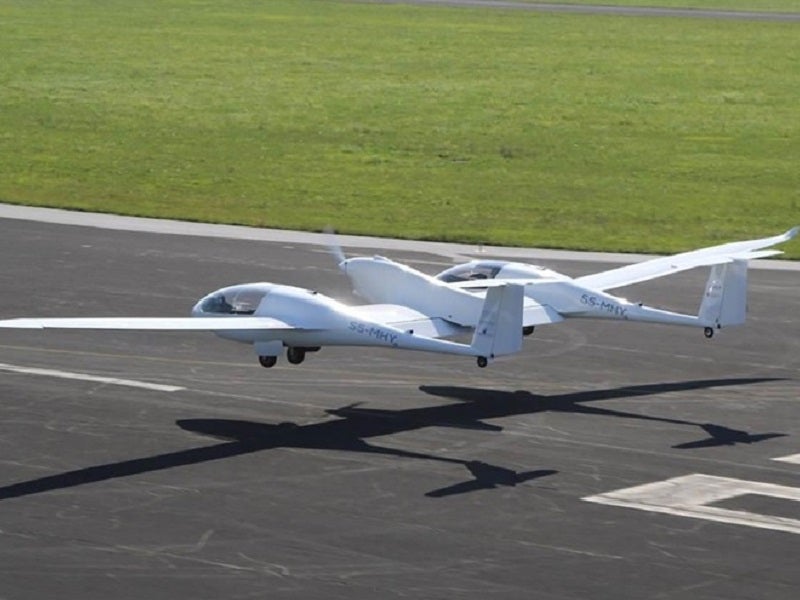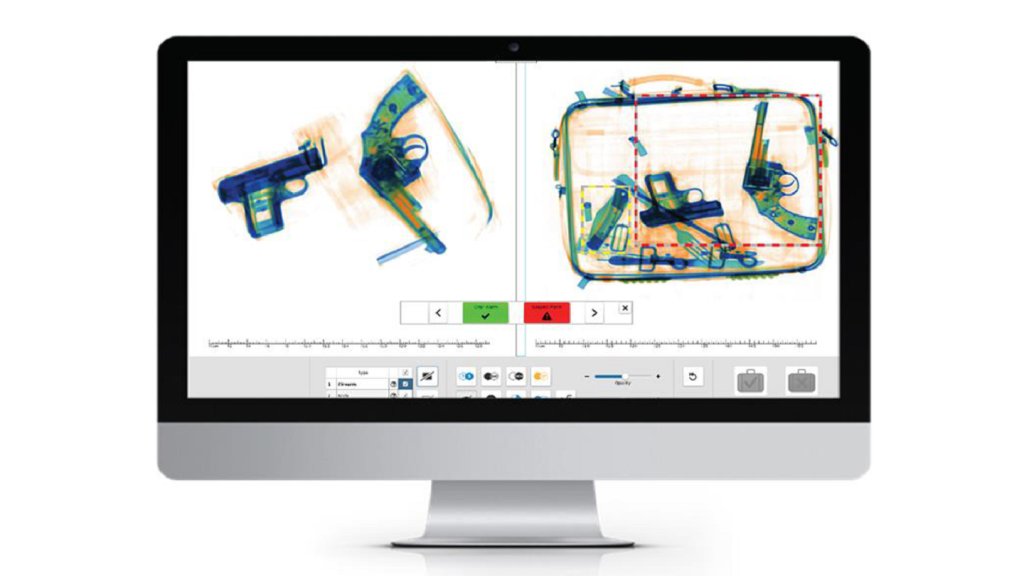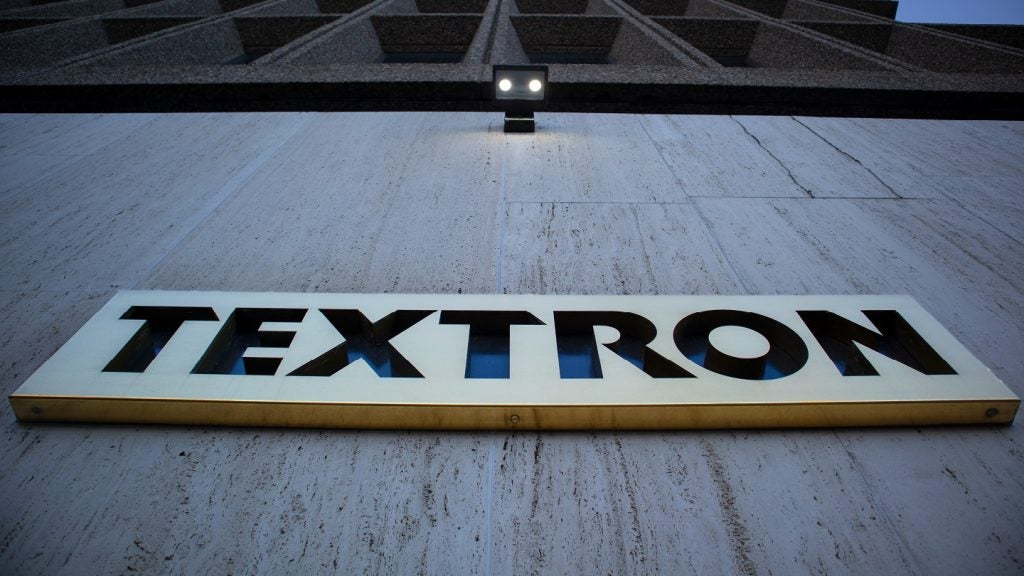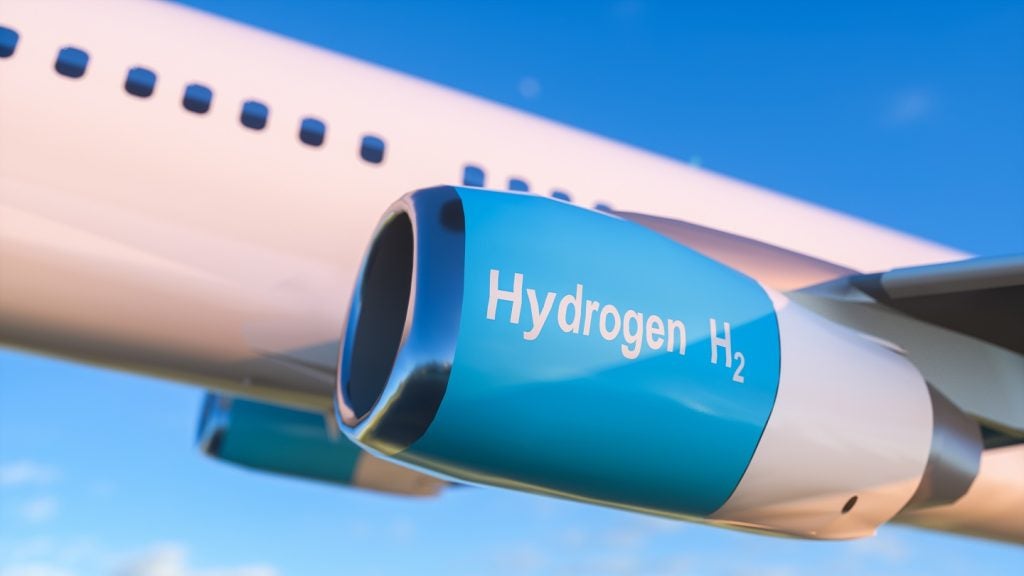
The aviation industry is under increasing pressure to reduce emissions as part of the European Commission’s (EC) Flightpath 2050 commitment. The EC has set targets of a sector-wide 75% reduction of carbon dioxide, and 90% of nitrogen oxides.
To achieve this, alternative power sources will have to play a big part and hydrogen fuel cells, once seen as a space-age carbon fuel alternative, are becoming increasingly accessible and affordable for both industry and the general public. The only emission produced by hydrogen fuel technology is water vapour, and fuel economy is around twice that of conventional gasoline engines. In 2014 Hyundai became the first automobile manufacturer to offer a hydrogen fuel cell electric vehicle in the US, with Toyota and Honda also engineering hydrogen cars for the market.
Development of hydrogen fuel cells has been slow. Until recently, the technology was far too expensive to realistically roll out in any industrial or commercial application, and even now the price of implementation is still significantly higher than conventional refuelling systems. Fuel cells use rare metals, such as platinum, as a key component, and hydrogen as a gas is tricky to store. Still, advancements are being made and the technology is already being implemented within several aviation environments, with a number of airports looking into hydrogen-fuelled ground support vehicles, as well as other innovative applications. The question is: how wide-spread could this technology really become?
Supporting airport operations
“Fuel cell applications at airports are a great potential example of the technology’s capabilities,” says Fuel Cell & Hydrogen Energy Association president Morry Markowitz. “Fuel cells can provide power to nearly any application, from fuel cell-powered shuttle buses taking passengers to and from their hotels or rental car stops, the rental cars themselves, and the whole range of vehicles and equipment service the airport such as baggage tow tractors, tugs, loaders, forklifts and other equipment.”
A number of airports have over the past few years invested in hydrogen-powered ground support vehicles. In 2015 Memphis International Airport was the first in the world to add fuel cell cargo trucks to its fleet thanks to funding from the US Energy Department’s Fuel Cell Technologies Office (FCTO), which works to overcome barriers to commercial use of hydrogen fuel cell technology.
Oslo Airport in 2014 purchased its first hydrogen vehicle, and in 2015 announced plans to open its own hydrogen station for fuelling. “We want to facilitate use of zero-emission vehicles locally, in the ground transport service, and for external users,” said Oslo Airport environmental manager Tom Erling Moen.
How well do you really know your competitors?
Access the most comprehensive Company Profiles on the market, powered by GlobalData. Save hours of research. Gain competitive edge.

Thank you!
Your download email will arrive shortly
Not ready to buy yet? Download a free sample
We are confident about the unique quality of our Company Profiles. However, we want you to make the most beneficial decision for your business, so we offer a free sample that you can download by submitting the below form
By GlobalDataAccording to Markowitz, the simple act of locating a hydrogen fuel cell in or near an airport could revolutionise operations: “The infrastructure investment would be the most efficient and cost-effective method of any application due to the multiple potential uses of fuel cells at airports,” he says. “Locating a hydrogen fuelling station at an airport can be used to fuel a wide range of zero-emission vehicles working to reduce pollution at these carbon-intensive facilities.”
And it’s not just ground support vehicles that could make use of hydrogen power. If fuel-cell technology became a staple of airport infrastructure, the operations of the runway, terminal, or even control tower could be see a green revolution. “Beyond transportation, fuel cells can be used for a host of other applications, from multi-megawatt fuel cells systems providing baseline power to airport facilities, back-up power generators ensuring critical security, surveillance, and traffic control systems remaining online in the event of an outage, as well as other remote-power needs like video cameras, runway lighting, and more,” explains Markowitz.
Hydrogen fuel cells: ready for lift-off?
Of course, while every effort helps, airport operations themselves aren’t the most polluting part of the industry. A single long-haul flight can easily equal half of a typical car’s greenhouse gasses for an entire year.
Efforts to create a hydrogen-powered aircraft have been mixed. While it is indeed possible – Russian manufacturer Tupolev created the first hydrogen-powered aircraft in 1989 using liquid hydrogen as a fuel source – it does not currently generate enough energy to replace conventional aviation fuel in the large airliners operating at commercial airports.
Smaller aircraft, however, have seen much more success. In 2016 the four-seater HY4, an aircraft developed by Germany’s DLR Institute of Engineering and Thermodynamics, became the first passenger aircraft to complete a flight powered by a hydrogen fuel cell, at Stuggart Airport. “Small passenger aircraft, such as the HY4, could soon be used in regional transport, as electric air taxis offer a flexible and rapid alternative to existing means of transport,” commented DLR director André Thess.
In October 2018, Singaporean company HES Energy Systems announced plans for the world’s first regional hydrogen-powered passenger aircraft, named Element One. The first prototype is expected by 2025, with Element One capable of carrying four passengers between 500 and 5,000km, depending on whether hydrogen is stored as a liquid or gas.
A different hydrogen-focused approach to combatting aircraft emissions has been undertaken by easyJet, who in 2016 announced plans to trial a hydrogen hybrid plane utilising fuel cells. While the hydrogen power wouldn’t be used in-flight, the system would harness the energy produced by the aircraft’s brakes to power the plane during taxiing. And as a budget airliner, EasyJet have come up with a novel use for the by-product of using hydrogen power – passengers could be served the water produced by the fuel cell in their in-flight drinks.







